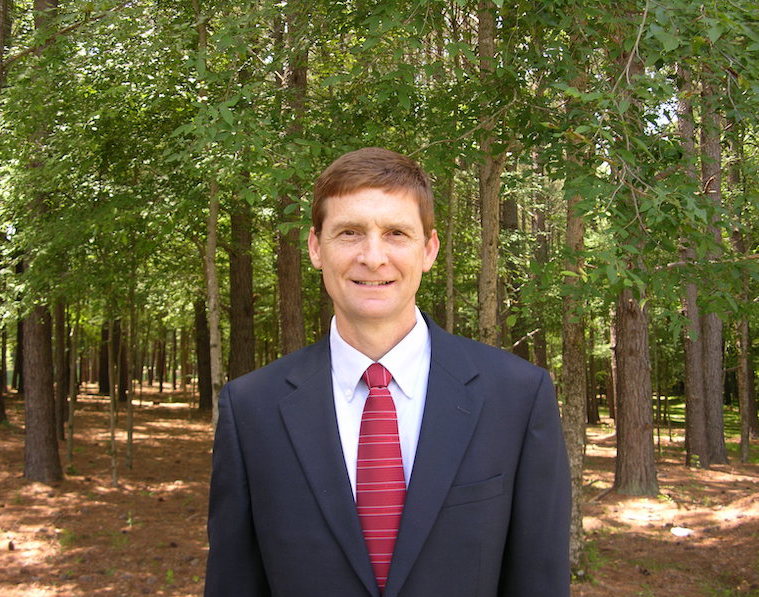Q: Anticipating more wear this winter than normal, we overseeded our bermudagrass fields with perennial ryegrass back in the fall. The fields held up and are in good shape going into our spring season. My question is spring transition. What are your suggested practices so our bermudagrass returns healthy?
A: The main objective in spring transition is a gradual and smooth transition from overseeded grasses back to bermudagrass. While it is called spring transition, the changeover may not start until summer if the area has cool spring temperatures. Dormant bermudagrass shows signs of green-up when soil temperatures reach about 58 degrees. Many of the perennial ryegrasses used for overseeding are heat tolerant and may successfully compete with bermudagrass through spring.
It is important that management of the turfgrasses begin to favor the bermudagrass while increasing the stress on the ryegrass. This is less critical in the deep south since the average daytime temperatures tend to surge in the spring, hastening the stress on overseed ryegrass. However, for managers in the cooler transition zone, this will be paramount to getting back a healthy stand of bermudagrass. The three main means of providing a desirable transition back to bermudagrass are proper timing, gradual reduction in mowing height, and a corresponding increase in nitrogen fertilization.
Research suggests that temperature is the dominant driving factor in natural overseed transition. For that reason, temperatures need to be considered when scheduling management practices. Bermudagrass shoots will begin greening up with daytime air temperatures in the 50s, but bermudagrass will not aggressively grow until the nighttime temperatures are consistently in the mid-60s.
Begin reducing the mowing height several weeks before the expected spring transition period. The goal is to gradually reduce the height until the turfgrass is mown about 50 percent lower than the in-season mowing height of ryegrass by the time night temperatures are in the mid-60s. A lower mowing height reduces shading from the ryegrass on the developing bermudagrass, warms the soils, and inhibits the growth of the overseeded turfgrass. If desired, the mowing height can be raised as the bermudagrass begins to dominate the turfgrass stand.
Maintain low fertilizer application rates from late winter through early spring to reduce overseed ryegrass growth. Liquid iron can be very effective at maintaining desirable green color during this time without excessive growth. When bermudagrass growth is apparent, restore fertilizer applications. At this point, weekly applications of 1/4 pound of soluble nitrogen per 1,000 square feet will help stimulate bermudagrass spread for a more consistent green up.
Cultural practices such as spiking and light vertical mowing can thin the overseed ryegrass and increase soil warming, further encouraging bermudagrass growth. Do not get too aggressive with these practices, as that can damage young bermudagrass shoots and stolons. Aggressive core aeration and dethatching should be scheduled later in the summer when the bermudagrass is more mature and actively growing.
Withholding water in an attempt to encourage the overseeded turfgrass to die from moisture stress is no longer a recommended practice. Bermudagrass initiates new roots in the spring, so withholding water can cause greater damage to the bermudagrass than the deeper-rooted ryegrass. It is better to maintain adequate moisture in the rootzone with deep and infrequent watering in the absence of rainfall.
Selected use of herbicides has proven useful for transitioning turfgrasses. Removal of the overseed grass with herbicides will remove the competitiveness, and therefore allow quicker bermudagrass recovery. This is especially important in the transition zones where winter overseed tends to linger into summer. The most commonly used herbicides are those found in the sulfonylurea family (e.g., metsulfuron, trifloxysulfuron, foramsulfuron and flazasulfuron). The downside to using herbicides is that, once sprayed, there is no turning back; so, do not apply these products until bermudagrass has resumed normal growth. Also, these are low-use rate herbicides, so sprayer calibration and application uniformity are critical to getting even removal of the overseed.
Grady Miller, Ph.D.
Professor and Extension Turf Specialist
North Carolina State University
Questions?
Send them to Grady Miller at North Carolina State University, Box 7620, Raleigh, NC 27695-7620, or e-mail grady_miller@ncsu.edu
Or send your question to Pamela Sherratt at 202 Kottman Hall, 2001 Coffey Road, Columbus, OH 43210 or sherratt.1@osu.edu


